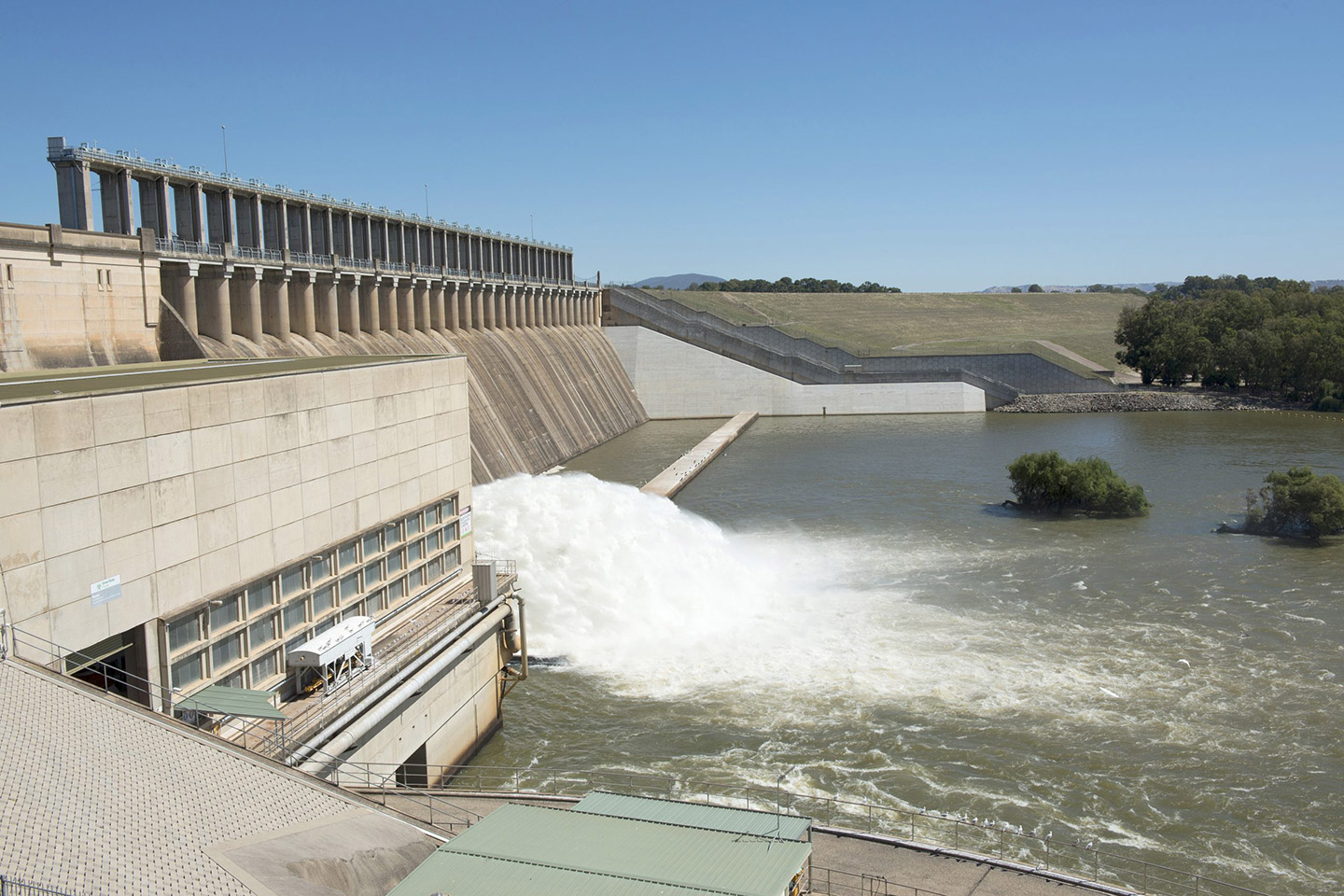
Menu
- Home
- Products
- Services
- News And Resources
- Australian Water Tender 2024
- Government Buyback EOI
- About Us
- Contact
- Search
- Services

Carryover is not available on all licences and is subject to regulations and rules as specified by each state.
Carryover rules vary for each state and are necessary to make sure that water carried over does not lock up space in the dams that are needed for the inflows to support allocations to all entitlements.
New South Wales
For carryover rules for New South Wales regions can be found in the relevant Water Sharing Plan.
https://www.industry.nsw.gov.au/water/plans-programs/water-sharing-plans/status
Victoria
https://waterregister.vic.gov.au/water-entitlements/carryover/carryover-rules
Read the Victoria Carryover Insight Factsheet
South Australia
Eligible to SA Class 3 entitlement owners only.
Learn more about Private Carryover in SA here.
Carryover can be used when you may not get enough water allocations in the next water season (dry to extremely dry conditions) to get your crop off to a good start or finish. For example, you could decide to use carryover if the weather turns wet and you want to carry over your unused water into the next season, as long as it does not impact your following season water allocations. As a general guideline, if the outlook for allocations is lower, then it is more important to consider using carryover.
Having an understanding of the risk of low allocations, and an understanding of the way carryover works, the next thing to understand is the risk of a spill. Risk of a spill is when water spills over if dams fill up and storage space is needed for inflows to support allocations. When the dam spills, some of the spillable water is lost to make way for new allocations to all water shares. This water is recorded in your allocation account as spillable water to keep track of your carryover and allocation stored above 100 per cent of your water entitlement. You will only lose water if the dams spill to make room for inflows for new allocations.
With a spill, there is no guarantee of access to water above your full entitlement, you only have the security of access to water up the full volume of your water share(s). You cannot use or trade your spillable water until a low risk of spill declaration is made by the water authority in your state. The greater the volume you carryover as a percentage of your water share volume, the more exposed you are to the risk of a spill. Water carried over against high-reliability water shares is more exposed to the risk of the spill than water carried over against low-reliability water shares.
You can use the carryover calculator to test scenarios and get a better understanding of how carryover and spillable water will work in your situation.
The decision to use carryover water will depend on your irrigation needs, carryover abilities and the level of risk you are willing to take. It is ultimately your decision on the risk you will take on whether to use carryover or to swap the risk of water-stressed crops for the risk of a spill.
Having access to timely information such as the risk of water-stressed crops and the risk of low water allocations is critical when you make decisions on your ability to carryover. We can help you by providing information on your carryover ability and advice on carryover markets.
Contact one of our experienced consultants and learn how our online Water Market 24/7 can benefit your business today.